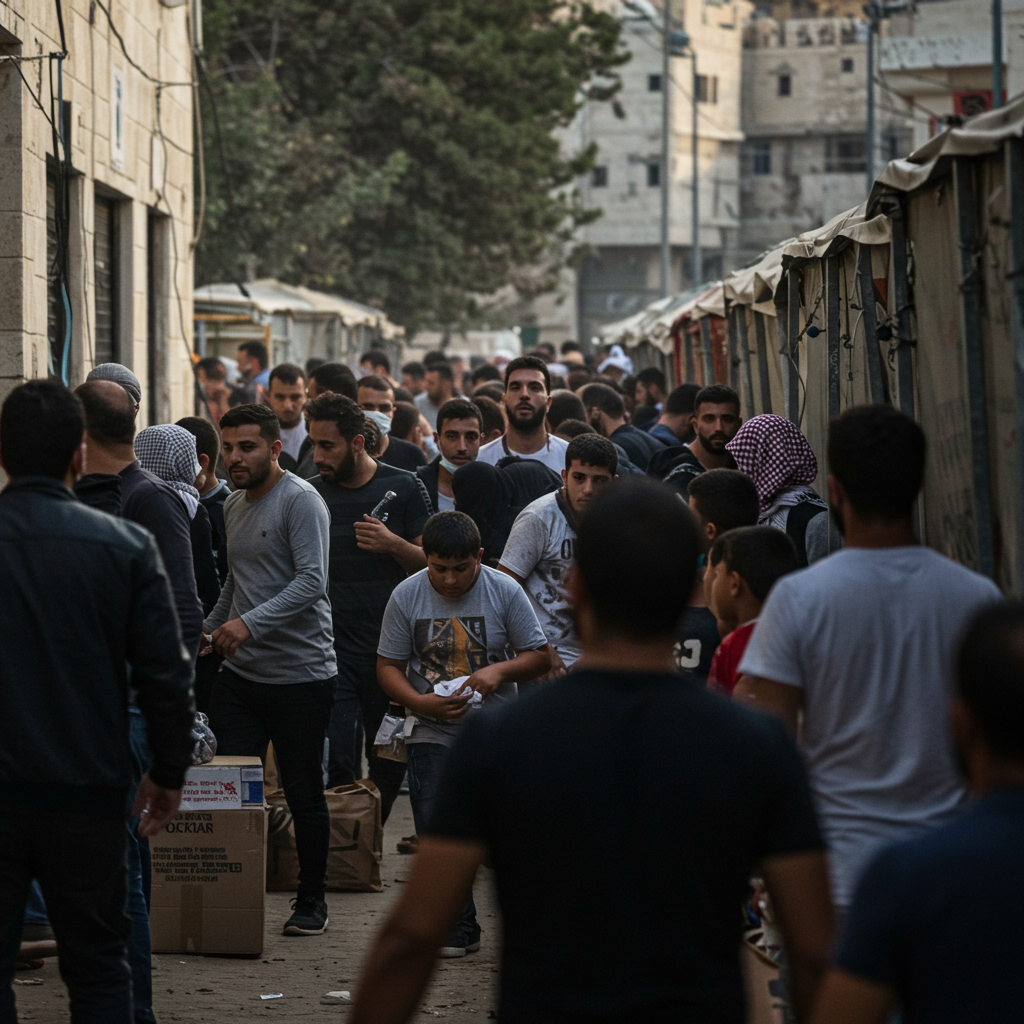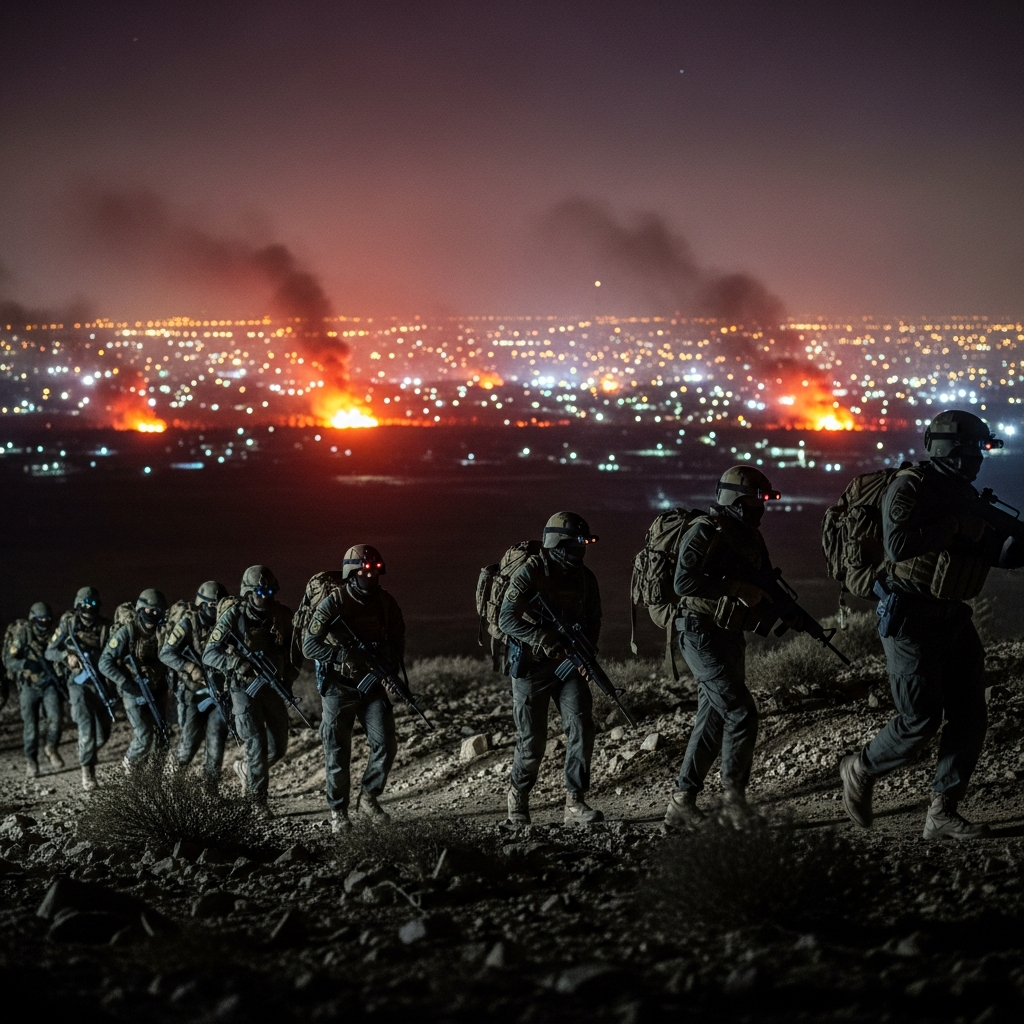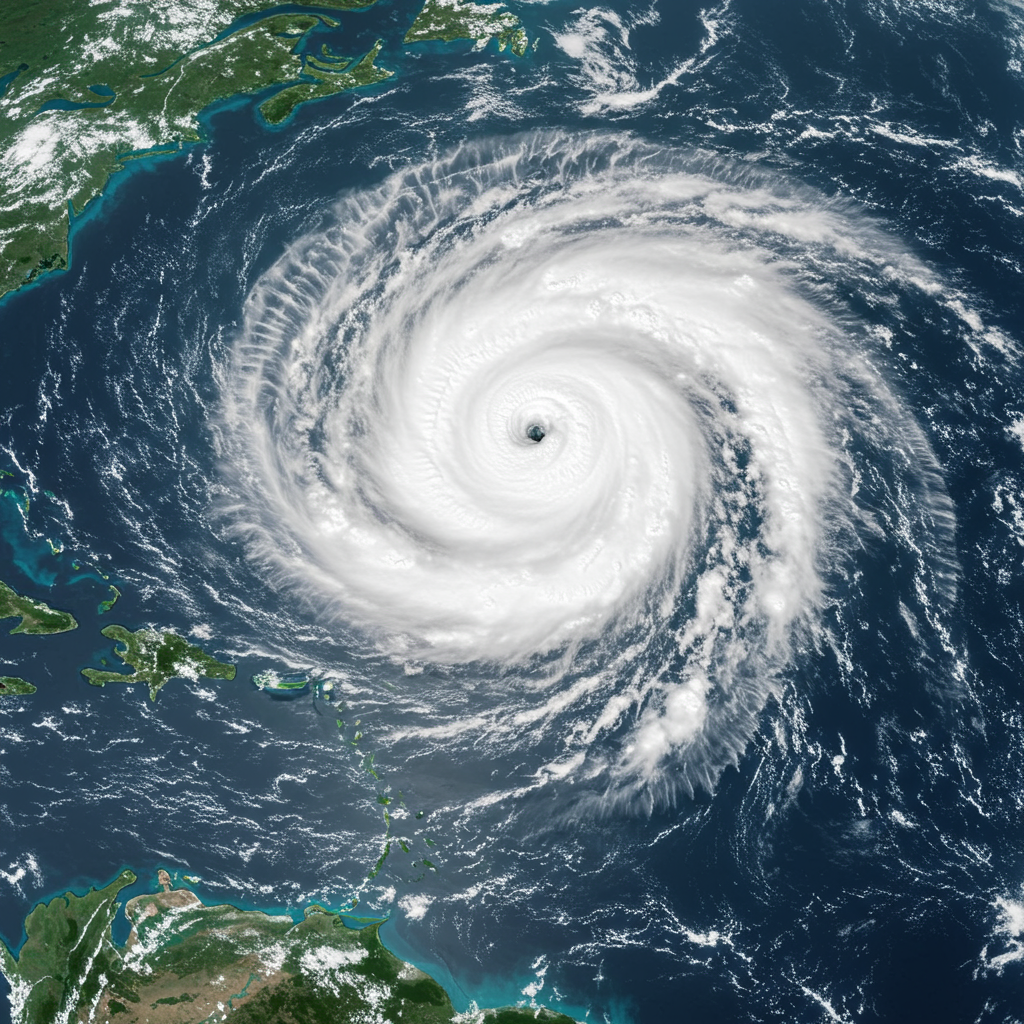A disturbing picture is emerging from Gaza regarding the extreme dangers faced by civilians desperately seeking humanitarian aid. The United Nations human rights office, OHCHR, has formally documented at least 613 killings of Palestinians at or near sites designated for aid distribution and humanitarian convoys. This grim figure, recorded as of June 27, has tragically risen in subsequent days. The vast majority of these deaths occurred around distribution points managed by the israeli and United States-backed Gaza Humanitarian Foundation (GHF).
According to Ravina Shamdasani, the OHCHR spokesperson, 509 of the documented 613 fatalities were specifically linked to locations near GHF distribution points. She shared this information with reporters in Geneva. While the UN office compiled its data from various reliable independent sources, the Gaza Health Ministry reports an even higher toll, claiming over 650 deaths and more than 4,000 wounded in connection with these incidents. The discrepancy highlights the scale of the violence.
Aid Sites Become Death Traps
The GHF began operating in late May, implementing a new model for delivering limited food packages. However, the United Nations views this model as lacking impartiality and neutrality, particularly as killings persistently occur around the organization’s sites. Rights groups have vehemently condemned these areas, tragically describing them as “human slaughterhouses.”
Mahmoud Basal, a civil defence spokesperson in Gaza, provided chilling testimony. He stated that his team had collected “evidence of civilians being deliberately killed by the Israeli military.” Basal asserted that over 600 Palestinian civilians perished at these centers, specifying that some victims were shot by Israeli snipers, while others were killed by drone attacks, air strikes, or direct shootings targeting families attempting to access food.
A mother recounted the profound loss of her son, killed while seeking food. Speaking to Al Jazeera, she expressed that she had “lost everything” after his death, explaining he was her sole provider and the “pillar and foundation of our life.” She characterized the GHF’s aid centers as nothing short of “death traps,” where people are driven by extreme hunger and desperation to seek help. Instead of returning with food supplies, she lamented, “people themselves are being carried back as bodies.”
Devastating Impact on Healthcare
The relentless violence around aid sites has placed an unbearable strain on Gaza’s already crippled healthcare system. The World Health Organization (WHO) reported that Nasser Hospital in Khan Younis is currently operating as “one massive trauma ward.” This critical situation is due to the constant influx of patients severely injured near the GHF sites.
Rik Peeperkorn, the WHO representative in the occupied West Bank and Gaza, confirmed that medical staff at Nasser Hospital and testimonies from families corroborate that victims were injured while trying to reach aid at GHF locations. He shared harrowing examples, including a 13-year-old boy shot in the head and a 21-year-old man who became a paraplegic after being shot in the neck. Peeperkorn emphasized that young lives are being permanently damaged by this violence.
The state of healthcare across Gaza is dire. According to the UN, only 16 out of the territory’s 36 hospitals remain partially operational. Their combined capacity is slightly over 1,800 beds, which is entirely insufficient for the overwhelming medical needs resulting from the conflict. The Israeli military stands accused of systematically targeting health institutions and medical workers since the war began in October 2023. Peeperkorn stated in a separate comment that the health sector is being deliberately dismantled, citing severe shortages of medical supplies, equipment, and qualified personnel.
Criticism and Denials
The GHF has faced widespread and severe criticism from the UN, numerous humanitarian organizations, and various NGOs. More than 130 humanitarian bodies, including prominent groups like Oxfam, Save the Children, and Amnesty International, issued a demand for the immediate closure of the GHF. These organizations accuse the GHF of facilitating attacks on starving Palestinians and assert that Israeli forces and armed groups “routinely” fire upon civilians seeking food.
UNRWA, the long-standing UN agency historically responsible for the majority of aid distribution in Gaza, has specifically called for thorough investigations into the killings and injuries of Palestinians attempting to access food via GHF sites. UNRWA pointed out that while it traditionally operated around 400 distribution points across the territory, the GHF has established only four “mega-sites,” three in the south and one in central Gaza, leaving the severely affected northern areas without any GHF presence.
In response to the mounting reports, the GHF has denied that any incidents involving its contractors have resulted in killings or injuries at its immediate sites. However, the organization has not provided any evidence to support this claim. This denial directly contradicts findings from an Associated Press investigation, which reported that some of the GHF’s United States-based staff had fired indiscriminately at Palestinians. Further corroboration of deliberate targeting comes from a report by the Israeli outlet Haaretz, which quoted Israeli soldiers admitting they intentionally shot unarmed Palestinians seeking aid in Gaza after receiving specific “orders” from their commanders.
Broader Context of the Crisis
These deadly incidents at aid distribution points occur within the larger catastrophe unfolding in Gaza. Israel’s ongoing military operations have resulted in the deaths of more than 57,000 Palestinians, according to the Gaza Health Ministry. The conflict has forcibly displaced the majority of Gaza’s over two million residents multiple times, triggering widespread famine-like conditions due to a severe blockade. Much of the territory has been reduced to ruins.
The current hostilities escalated following the Hamas-led attacks on southern Israel on October 7, 2023. That attack resulted in approximately 1,200 deaths in Israel and the capture of 251 hostages, according to Israeli figures. The broader conflict continues to devastate the civilian population, making the dangerous journey to aid sites a perilous necessity for survival. Calls for investigations and an end to attacks on civilians seeking aid underscore the urgent need for protection and unimpeded humanitarian access.
Frequently Asked Questions
What is the reported number of Palestinians killed at or near aid sites in Gaza?
The United Nations human rights office (OHCHR) reported that at least 613 Palestinians were killed at aid distribution points or near humanitarian convoys as of June 27. The majority, 509 deaths, occurred near sites run by the Gaza Humanitarian Foundation (GHF). The Gaza Health Ministry reports a higher total of over 650 deaths related to these incidents.
What is the Gaza Humanitarian Foundation (GHF) and why is it controversial?
The GHF is an organization backed by Israeli and United States interests that began distributing limited food aid in Gaza in late May. It is controversial because the UN considers its aid delivery model neither impartial nor neutral. Rights groups and NGOs have described areas around GHF sites as dangerous, with NGOs accusing the GHF of facilitating attacks or Israeli forces/armed groups of firing on civilians seeking aid there.
What is the current state of healthcare in Gaza according to the WHO?
The World Health Organization (WHO) reports that Gaza’s healthcare system is severely degraded. Only 16 out of 36 hospitals remain partially operational, with a critical shortage of beds. Nasser Hospital in Khan Younis is described as operating as “one massive trauma ward” due to the large number of patients injured around non-UN aid sites like those run by the GHF. The health sector is reportedly being systematically dismantled.



